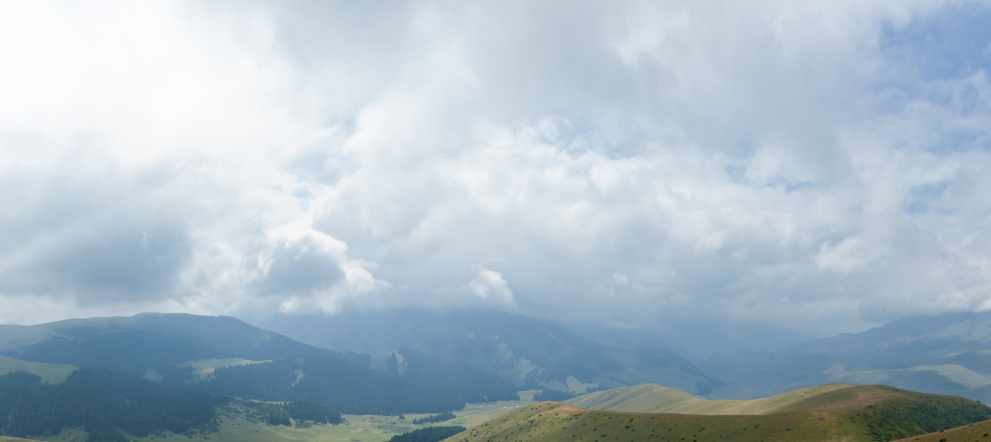




Kazakh gesture taboos are connected with a whole complex of traditional ideas. It is forbidden to hold the hands by the sides (“beldi taianbaidy”), which is usually used when performing “zhoqtau” – singing songs at the funeral. In this gesture, the lower back (bel) is understood as a sacred part of the body, which means that death breaks the integrity of the person. In traditional culture, the belt was given special significance. To this day, in Kazakh culture, the closest males tie their backs when a relative dies, usually with white cloth (handkerchief).
Gesture taboo includes “taiaqqa süenuge bolmaidy” (prohibition to lean on the staff). The staff is used in Kazakh funeral and memorial rites. Men lean on the staff when a close person dies; accordingly, this gesture is considered a bad omen in everyday culture.
In the funeral ritual, the prop (stick) symbolizes the model of the world tree, the symbol of male power. Therefore, leaning on it at such a difficult moment means accepting the power of the universe and gaining the strength to survive.
The taboo female gesture – do not let your hair down (shashyndy zhaima) and do not pull your hair out (shashyndy zhūlma) – is considered a bad omen in everyday life. These gestures were used exclusively during funeral ceremonies. The custom of mourning the deceased with such gestures (pulling out hair, cutting off braids, scratching the body, face, etc.) is widespread among Turko-Mongolian peoples, which can be considered from at least two aspects: The first is the idea of the sacred power of hair. The second is the transformation of the ancient ritual of burying wives together with husbands. Over time, the “killing of the woman on the man’s grave, which arose from the desire to satisfy the reproductive instinct, has been transformed into the donation of a part of the woman’s being instead of the whole” [4]. Here the hair is a symbolic “substitute” for the woman herself.
A number of taboo gestures are connected with the threshold and the doorpost: “bosağağa süenbe” – not leaning on the doorpost, standing at the entrance – “bosağada tūrma”, sitting on the threshold – “tabaldyryqta otyrma”. They all refer to the sacralization of these elements of the living space and their exclusive role in the culture. The importance of the bosağa as a “supporting” element of the door construction is underlined by such Kazakh blessings as “shanyraq biik, bosağa berik bolsyn!” which in semantic translation mean wishes for a high shanyraq and a strong skeleton of the house. The threshold is a symbolic border between the house and the outside world, an impenetrable obstacle for impure forces, a symbolic boundary line to the underworld. It is not only the boundary between the world of the living and the world of the dead, but according to the ancient Turks, it is also the habitat of the souls of the ancestors who watch over the dwelling.
Sh. Zh. Tokhtabayeva notes that in Kazakh culture
It was forbidden to cross the legs and fingers, clasp the hands on the chest and tie the ends of the headscarf in front. All this, by analogy, could “close” the path of life and one’s future [10, p. 45].


